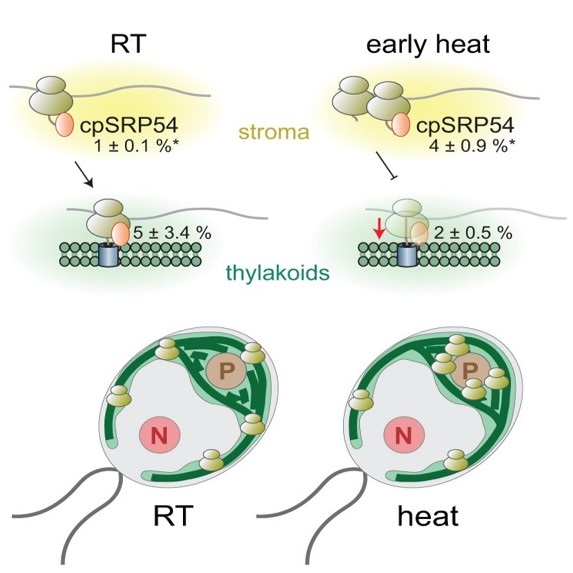
Fast and global reorganization of the chloroplast protein biogenesis network during heat acclimation (Plant Cell)
Plant Science Research WeeklyWith the rising climatological extremes, heat stress is a major concern towards sustainable crop yield and productivity as it impairs several physiological and developmental processes. Due to the sessile lifestyle of land plants, they undergo various acclimation responses to cope with fluctuating temperatures.…
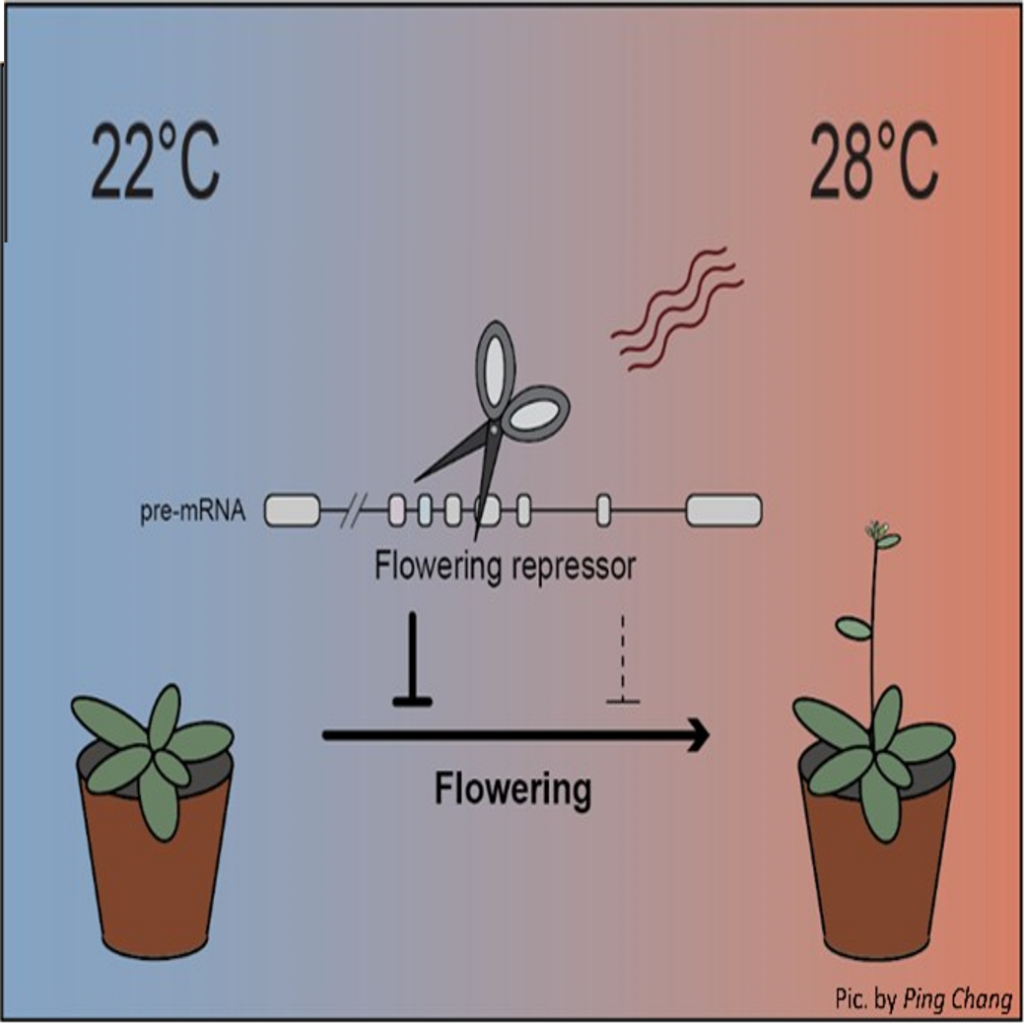
The splicing factor RNA BINDING PROTEIN 45d regulates temperature-responsive flowering (Plant Cell)
Plant Science Research WeeklyPosttranscriptional events such as splicing are part of the gene regulation toolbox. Previous studies have demonstrated a role for U-rich small nuclear ribonucleoproteins (snRNPs) such as U1 in the control of splicing. In a recent paper in The Plant Cell, Chang et al. identified a splicing factor, RNA…
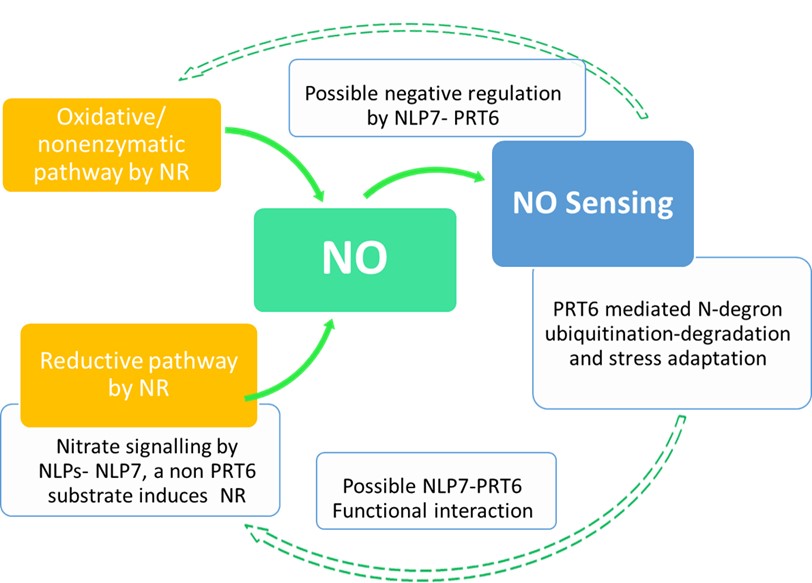
Functional interaction of nitrate signaling regulator NLP7 and N-degron “recognin” PRT6 enhances abiotic stress tolerance (Plant Physiol.)
Plant Science Research WeeklyIn addition to the vast array of metabolic and signaling roles, nitric oxide (NO) is prominently involved in low oxygen sensing in seeds and waterlogged plants. In Arabidopsis, the cytosolic nitrate reductase (NR) isoforms NIA1/NIA2 catalyze the reductive pathway of NO generation. NO sensing in plants…
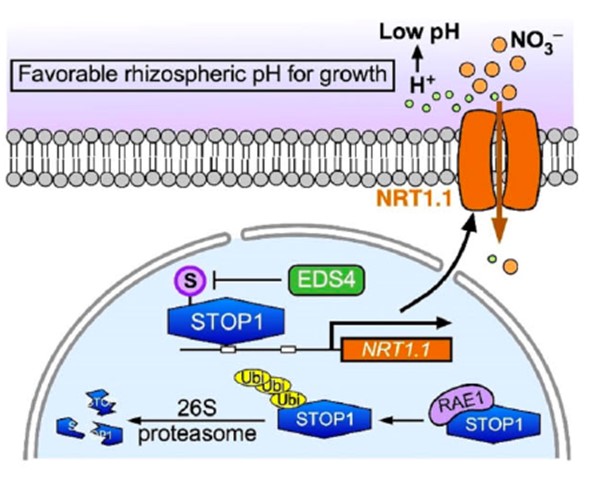
STOP1-NRT1.1: a new module to optimize nitrogen and growth in acidic media for plants (Plant Cell)
Plant Science Research WeeklyAcidic soils often negatively impact plant growth, yet the application of fertilizers containing urea or ammonia have the effect of acidifying soils. In a recent paper, Ye and colleagues investigated how nitrate uptake through the nitrate transporter NITRATE TRANSPORTER 1.1 (NRT1.1) can mitigate some…
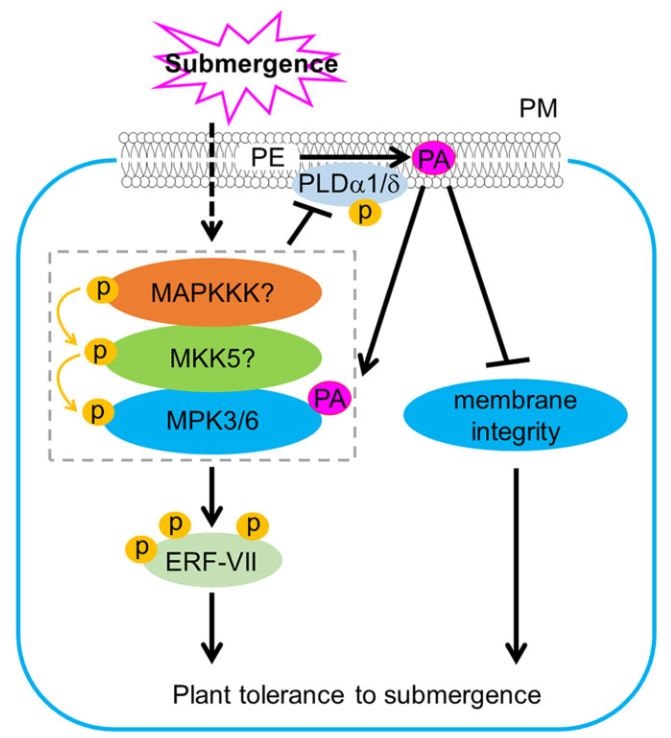
Phosphatidic acid modulates MPK3- and MPK6- mediated hypoxia signaling in Arabidopsis (Plant Cell)
Plant Science Research WeeklyPlants experience changes in gene expression and cellular metabolism to improve their survival to abiotic stresses, such as hypoxia. It has been observed that environmental signals induce phospholipase D (PLD) which generates phosphatidic acid (PA) by cleaving membrane phospholipids. Indeed, submergence…
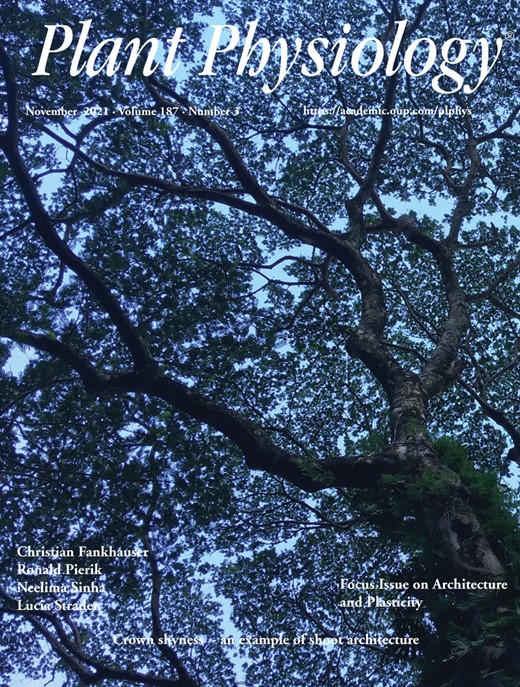
Focus Issue on Architecture and Plasticity (Plant Physiol)
Plant Science Research WeeklyThe November issue of Plant Physiology is a Focus Issue on Architecture and Plasticity. One of the most intriguing aspects of plant growth and development is the environmental responsiveness (also known as “plasticity”) of plant architecture (growth form). Depending on environmental conditions, roots…
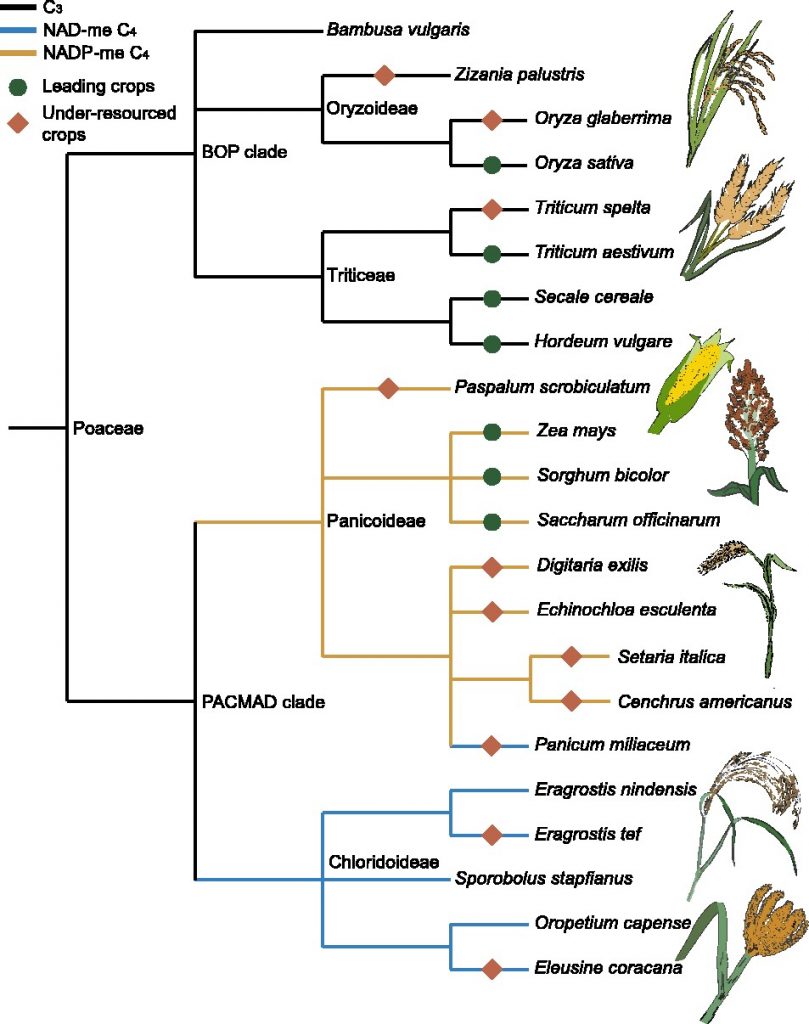
Review: Evolutionary innovations driving abiotic stress tolerance in C4 grasses and cereals (Plant Cell)
Plant Science Research WeeklyGrasses fall into two clades, the more temperate BOP clade of C3 grasses (Bambusoideae, Oryzoideae, and Pooideae subfamilies), and the more tropical PACMAD clade of C3 and C4 grasses (Panicoideae, Arundinoideae, Chloridoideae, Micrairoideae, Aristidoideae, and Danthonioideae subfamilies). This review,…
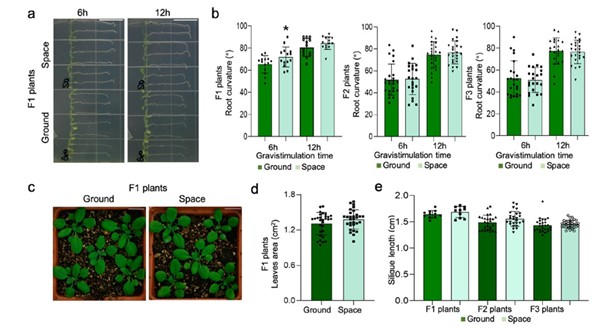
Potential evidence for transgenerational epigenetic memory in Arabidopsis thaliana following spaceflight (Commun. Biol.)
Plant Science Research WeeklyTransgenerational memory can occur through epigenetic regulation of gene expression (for example through DNA methylation) when plants have been exposed to abiotic stresses. Transferring a specific biochemical adaption to the next generation of plants can help the plant counter stress. Here Xu et al.…
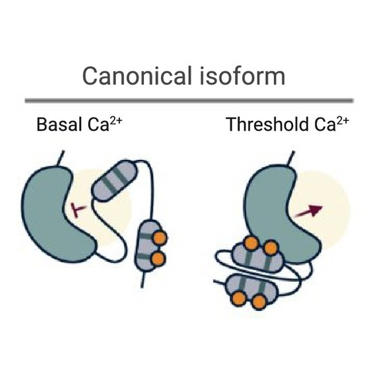
Review: Alternative splicing as conserved mechanism to regulate CDPKs? ($) (TIPS)
Plant Science Research WeeklyCalcium-dependent protein kinases (CDPKs/CPKs) are an interesting class of proteins present in plants, algae and some protists that are thought to “sense” and “respond” to spikes in intracellular Ca2+ signaling events. While multiple mechanisms have been proposed to be involved in the regulation…

